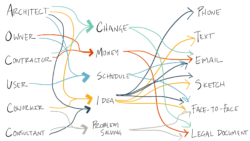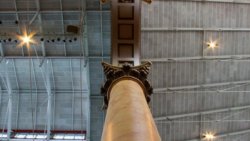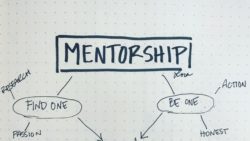Creating space for unlikely inspiration
The irony is not lost on me that on a topic of “unlikely inspiration” I found myself suddenly lacking in inspiration about what to write. I actually tried to write this blog FOUR different times over the past two weeks. Busy with work, home renovations, AREsketches, and a pup under the weather, I was lacking in ideas and therefore missed my first ever Architalks since I joined the crew 3 years ago. But I didn’t want to put out uninspired drivel, so I tabled it, and let it mull in the back of my mind. On last night’s walk with M (C is still on bed rest), it hit me.
Unlikely inspiration requires unbound time and space to think.
Exactly what I wasn’t giving myself.
Note: This is the thirty-eighth post in a group series called #ArchiTalks. This month’s topic is “Unlikely Inspiration”
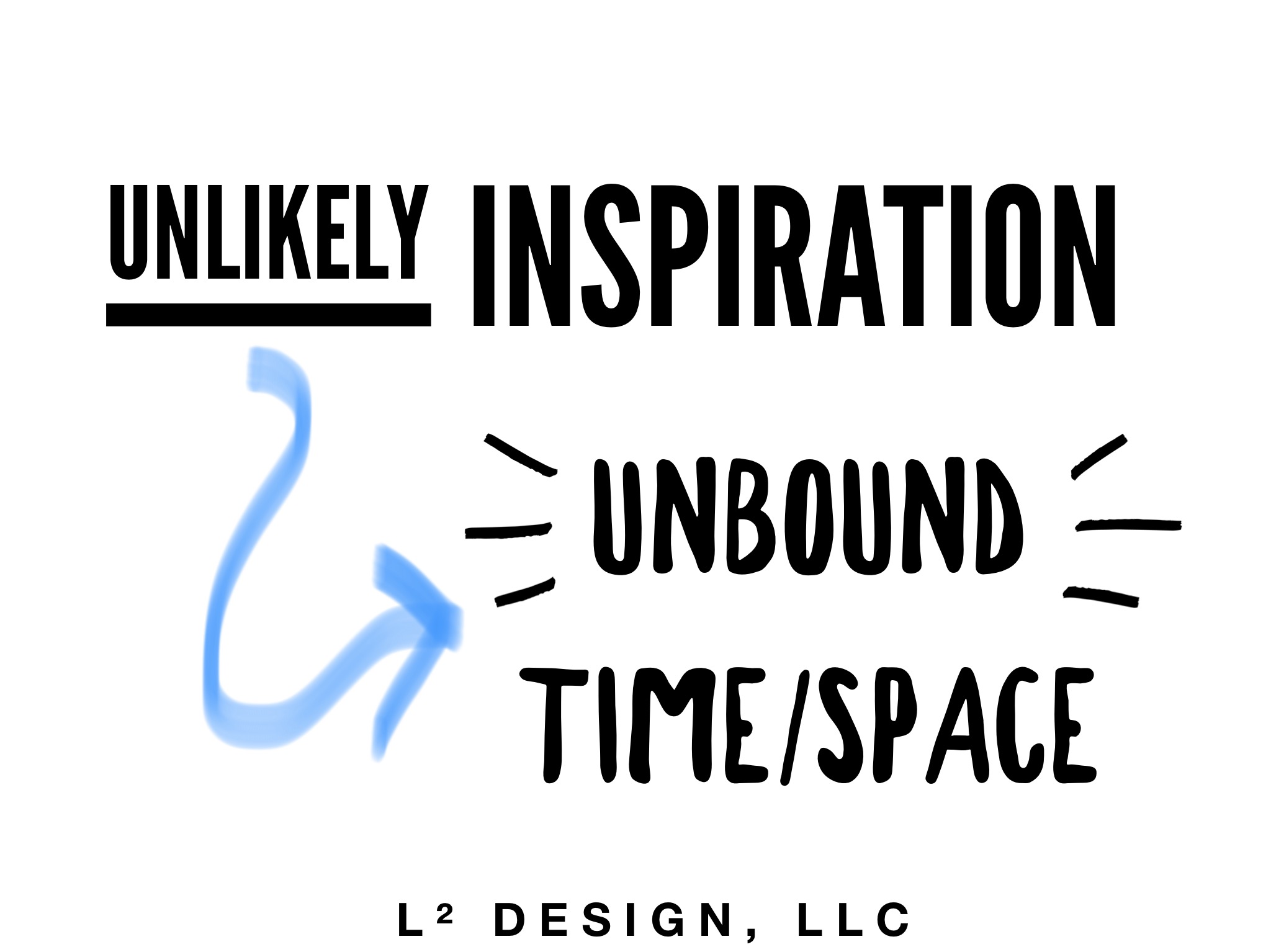
The thing about architecture, like most other creative fields, is that we feed on good design. All of the inspiring things we see, we then process, admire, absorb, translate, blend, and create anew. We go from periods of strenuously busy, to calm restorative moments, only to start again – hopefully, smarter from the last project. The restful moments are important to creatives (everyone, really) because that’s when we re-fuel the fire and actively seek new inspiration. But it’s also when we slow down and give our brains space to take in the world around us. The slower pace allows us to process and connect sights and experiences in non-linear/logical ways, seeing the threads of creative connection.
In a busy season, we don’t give ourselves those times as frequently as we should. We switch from a rhythm of fast-to-slow and back again, to one that looks more like fast-faster-keep going-what’s rest?-what’s inspiration?-delirious unrest. The moments of unlikely inspiration become few and far between because you’re not giving yourself time to be at rest. This means less space for your brain to wander – not the scattered wandering of an overtasked brain, but the calm, daydream wandering of a person in the moment. Really, that’s what it boils down to: unlikely inspiration = unbound time/space = PRESENCE.
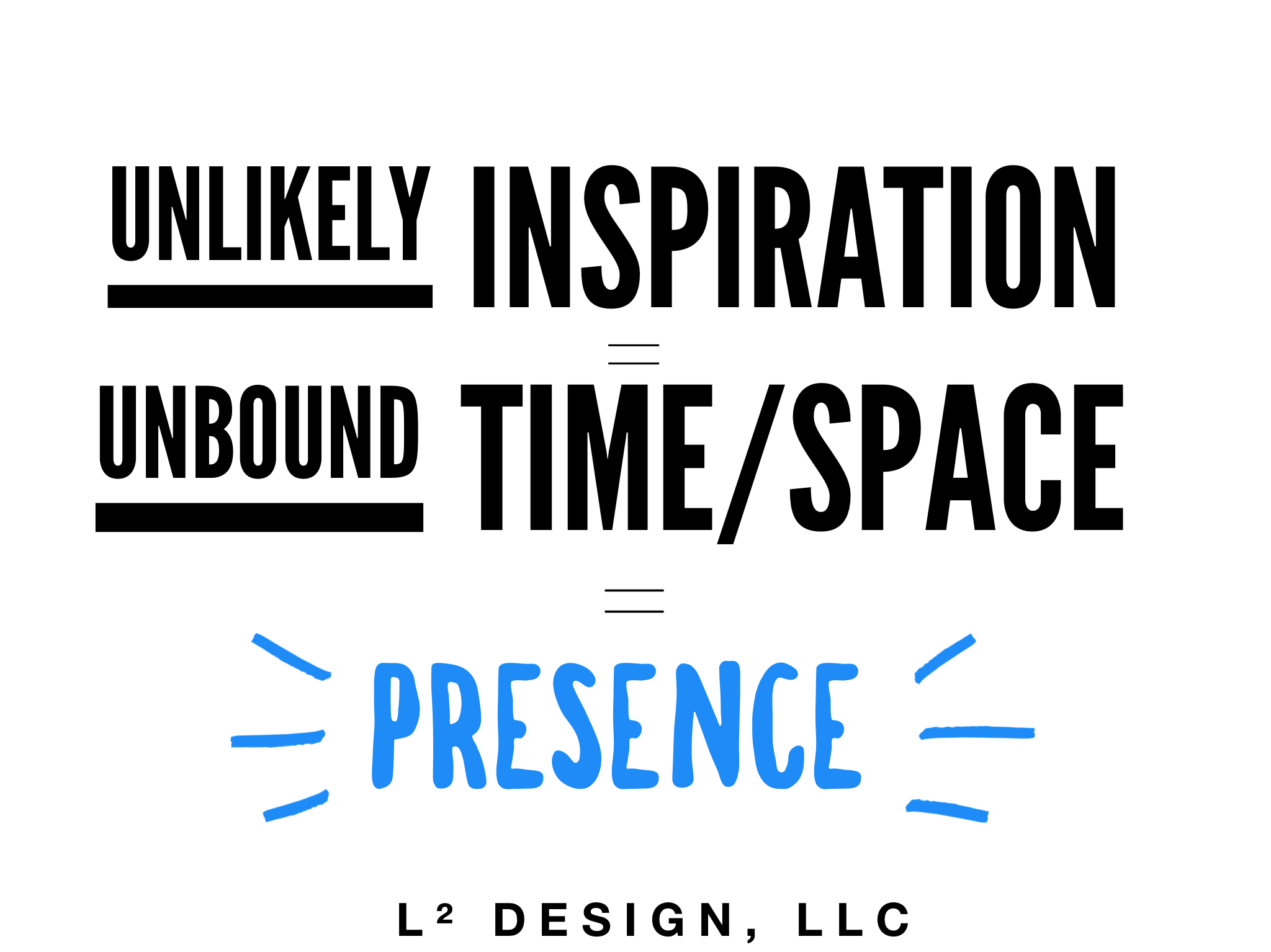
Why does unlikely inspiration matter?
Our clients hire us because of the value we provide as architects. We solve problems, create beauty in the everyday, make their lives better/more productive/happier/calmer/cleaner/safer/etc. We do this by being attentive to their needs, but also by creating an outcome better than they could have imagined. We do that by keeping the inspirational “fire” lit. While in the short term, it may bring in more money to take client after client, project after project, with no rest in between…in the long term, as the fire wanes and you resort to the same old thoughts, patterns, and details, your ideas and solutions become stale. The solution may help the clients less, and heaven forbid…the clients may go elsewhere in the future for a better answer. Your value has diminished because you didn’t feed the fire.
So that’s why it’s important. But how do you feed the fire? How do you create space for unlikely inspiration? Slow down, do something different, get good rest, and focus on the moment. Seem vague? Below are some places and spaces I notice unlikely inspiration pop up in my life.
1. Read
As a child who grew up instilled with good habits of reading, there’s nothing better than getting lost in a book. I admittedly have had lulls in my reading habits, as I study for tests or work on my own books, but it’s something I always come back to. I try to switch between fictional/fun books and business/biography books – the vegetables with the dessert. The topics vary, but if it’s well-written, I lose the sense of time and immerse myself in the narrative. I understand that not everyone enjoys picking up a book for an hour, though, but please consider it. Here’s why?
It’s content. The more you read, the more you learn, the more context you have to better solve a problem, understand a little about a culture, etc. Be voracious, it’s worth it. Because also, sometimes – as is the way with unlikely inspiration – you find information where you least expect it.
I’m actually reading The Shallows right now by Nicholas Carr (vegetable book). It’s about the impact of technology (and the internet) on our brains and environments. Yes, I get it. I’ve literally created a platform for this blog that lives only because of the internet, but am reading a book about how the internet is hurting us. Bear with me.
In his research and writings, he talks about how traditional book-style reading is one of the best ways to stretch and work out your brain. It requires so many sections of the brain to be active: cognitive reading, drawing on personal experiences to make the reading connect to you, a creative imagining of the environment the narrative is set within, deductive reasoning (if a thriller/mystery/scifi), etc. By working out your brain to make all of these connections, you strengthen those bonds and pathways “upstairs”, which means that the next time you see something that hits one of those roads, there are so many ways to take what you’ve seen or experienced. Unlikely inspiration from reading can literally make life a “choose your own adventure” book.
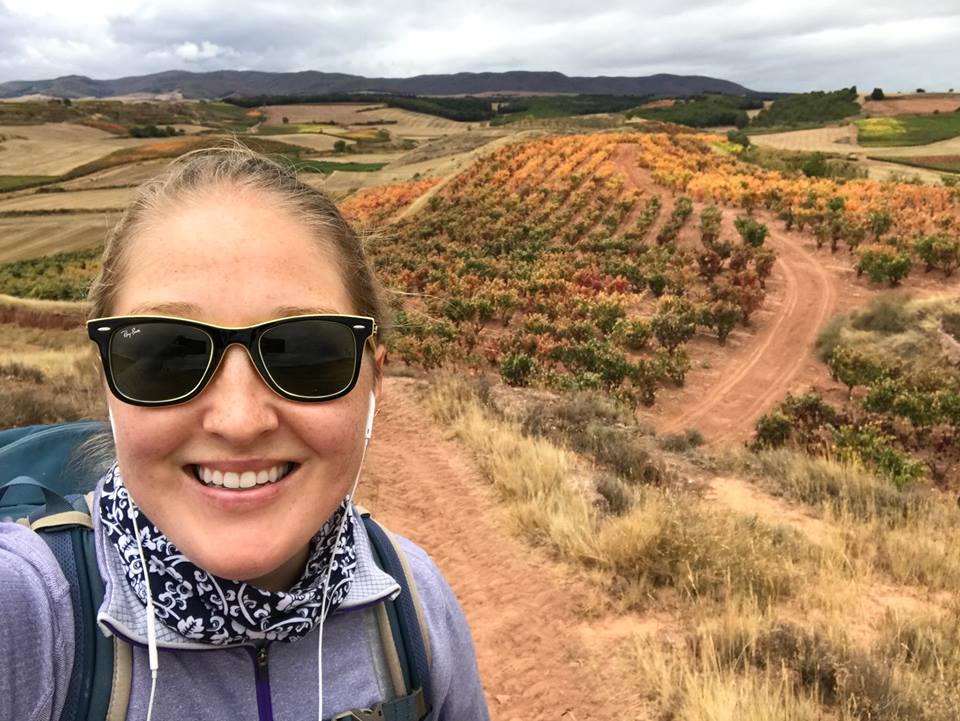
2. Take a hike (or a walk)
Leave your phone at home. Notice the spaces and places around you. How do the neighbors or business interact with each other and the larger community? Green spaces? Play spaces? Room for improvement? Things done well?
Or take your phone, download a good podcast (I would recommend Design Matters, How I Built This, or Song Exploder to get the creative inspiration juices going) and put the phone on airplane mode. Lose yourself in the hike/walk and the ideas being talked about by leading creatives in their fields.
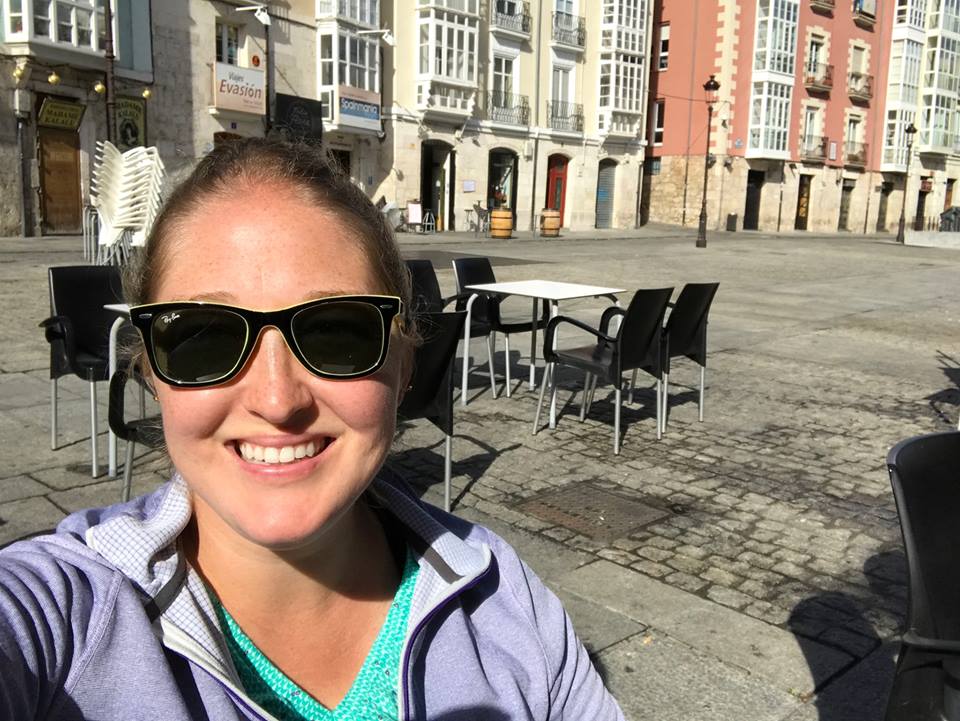
3. Travel
You knew it was going to make an appearance, right? I’ve written before about the importance of travel, so this isn’t new. But I’m taking a different look at it today.
Travel provides the ultimate REST, even if the trip isn’t restful. My trip two years ago to do the first half of the Camino de Santiago (just under 200 miles of hiking in 12 days) was definitely not restful, but at the same time…it was. That’s because it also provides the ultimate RESET. New culture, new place, a break from the daily routine and habits. There’s no potential for busy work or thoughts of the mundane tasks needing to be completed back home – so long as you unplug (UNPLUG, ALREADY). By seeing how other cultures navigate work and life, or solve a problem, we open ourselves up to the potential of unlikely inspiration. By living in the moment and enjoying the experiences of that time and place, we allow our brains the space to wander and create threads that might solve problems in your current or future project.
On Camino, while walking 10-20 miles each day, I admit that I found myself thinking about work or home renovations or plans for the future, but the thoughts were…different. I understood in that moment, as each footstep got me closer to my goal, that intentional actions matter, but the little stuff doesn’t. I realized that in a world as busy as the one we find ourselves in, carving space for the intentional things you care about and getting rid of the rest is the constant battle. Just like I deliberately packed only what I needed because I would have to carry it on my back every day, we should be deliberate about the tasks and responsibilities that we take on.
So the next time the fire gets low, take a moment to see if you are following a fast-slow rhythm or if you got sucked up in the constantly increasing pace of the world around us. Take a second, take a breath, and create space for unlikely inspiration.
Your sanity and your work will thank you for it.
To see the take on “Unlikely Inspiration” from other Architects, follow the links to the others in the #ArchiTalks group who are posting today on the theme:
- Lee Calisti, AIA – Think Architect (@LeeCalisti) “Unlikely Inspiration was there all along”
- James Mehaffey – Yeoman Architect (@jamesmehaffey) “Barndoors are for People Too”
- Eric Faulkner – Rock Talk (@wishingrockhome) “Inspire — A Clover”
- Michele Grace Hottel – Michele Grace Hottel, Architect (@mghottel) “unlikely inspiration”
- Jeffrey Pelletier – Board & Vellum (@boardandvellum) “Unlikely Inspiration: The Strange Journeys of the Creative Process”
- Mark Stephens – Mark Stephens Architects (@architectmark) “Unlikely Inspiration – Herbert Simms”
- Timothy Ung – Journey of an Architect (@timothy_ung) “Inspired by Leather Working”
- Steve Mouzon – The Original Green Blog (@stevemouzon) “A Most Unexpected Inspiration”


